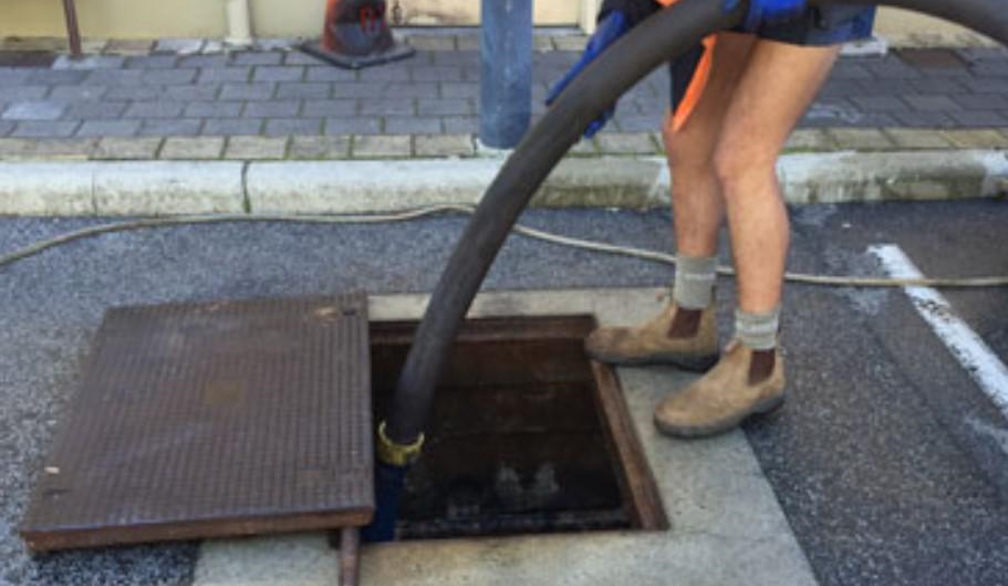The Key to Cleanliness: A Comprehensive Guide to Grease Trap Maintenance
- Written by Viw Magazine

Health is the top priority even in a city where hospitality is top characteristic. Here in the bustling kitchens, maintaining safety and hygiene is needed. This healthy environment is needed for staff, customers and the environment. Most of the used water is overlooked and the polluted water is sent to sewer abundantly. To reduce this grease trap is added to the water system. This is a kind of equipment that captures fats, oils and grease before it reaches the sewerage system. Though it plays a good role in preventing clogging and backups, environmental pollution effective maintenance is asked. What are the best and most protective, magnet, upkeep practices and other functionalities in commercial kitchens?
Grease Trap: Functionality and Continuation with Significance
There are other names for the grease trap as in grease separators and interceptors. There are plumbing devices that are installed in commercial kitchens and these can collect all the waste generated during cooking and cleaning. These traps have large tanks or chambers where wastewater cools down and separates the FOG. The solids settle down the way you catch the FOG before this reaches the sewer. These grease trappers help prevent blockages, odours and other contamination. If the grease is clogged it can cause reduced capacity, less flow and a compromised performance. Grease trap maintenance is needed and this ensures effectiveness. This maintenance gives sewer backups, in foul order, and reduces from time to time costly repairs. With regular maintenance these traps will go for longer periods with effectivity and there will be no health potential or hazards in the kitchen. There are a few grease trap maintenance practices and include routine servicing and proactive measures. These practices are common practice for regular inspection. You need to call for inspection to ensure there are no signs of build ups, damage or leakage. Inspect all the inlet pipes and baffles and there is no debris clogging the pipe. Regular pumping is the second-best practice for removing solids, FOGs and waste water. How much time this pumping takes depends upon the size of the trap and volume of generated waste water. Typically, according to regulations and performance, these should be pumped every 1-3 months.
Proper disposal of pumped waste according to regulations and community guidelines is important. You cannot pour down trash and dispose this may clog the pore and arm the environment. Thus, grease trap activities must be performed by professionals. they will come inspect and see if there is any help needed to enhance the effectiveness of the grease trap activities. They ensure the equipment is clean, unclogged, properly functional and fulfils regulatory requirements. These professions come with a license and certificate of complied knowledge and hands-on experience with regulatory requirements.
Profits from Proactive Management: Grease Trap Protection
There are listed benefits of grease trap maintenance, and these are beneficial for commercial kitchens. Regular maintenance reduces the risk of FOG build-up in drain lines, with no blocking or backups. This way no costly pump ups are needed. Poor maintenance of sewerage systems in commercial kitchens can question the code of compliance. If you do not align with local health codes and environmental measures then water waste discharge permits will be issued with fines. There will be penalties and legal accountability to avoid it all, which is best practice to ensure maintenance. With regular maintenance you can ensure the lifespan of your greaser trapper equipment and no premature replacement an associated cost.
Overall, as kitchen hygiene improves, a safer, cleaner and enhanced experience is maintained. Customers will be satisfied and you too with the realization of aligning with environmental protection values.




